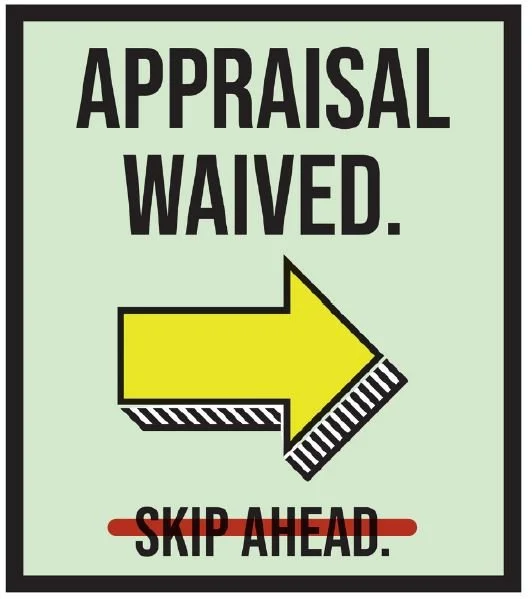Water heaters come from the factory set to 140 degrees, which is hot enough to produce 1st degree burns after 3 seconds of exposure. However, pressure relief valves aren’t set to trigger until 150psi, or when the water temperature reaches 210 degrees. That’s hot enough to instantly produce 3rd degree burns. Prior to tanks being designed with a pressure relief valve, when the water pressure would get too high, the tank would explode.
Many hot water tanks are installed in areas like laundry rooms where the chances of the pressure relief valve releasing this damaging steam is likely to happen when someone is nearby. In some models, the pressure relief valve is located on top of the tank… at face level. Many others are located on the side… at chest or hip level. Some models are at ankle height, but all of them allow for a pipe to be installed to direct the water/steam directly and harmlessly at the floor.
“The discharge piping serving a pressure relief valve, temperature relief valve or combination thereof shall Not terminate more than 6 inches above the floor or waste receptor. (504.6 Requirements for discharge piping)”
For some reason, water heaters do not ship with an extension pipe for the pressure relief valve to direct this boiling steam away from homeowners. PLEASE, spend the $15 it takes to install an extension pipe on your pressure relief valve to protect yourself and family. It might even help prevent repair issues the next time your property needs appraised.















































